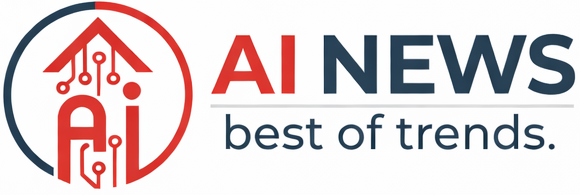Capturing, documenting, and distributing knowledge at scale is critical to organizational success with AI. Yet our survey showed only 16% of respondents say their workflows are extremely well-documented. The top barriers to proper documentation are a lack of time, cited by 40% of respondents, and a lack of tools, cited by 30%.
The challenge of integrating new technology with old processes was perfectly illustrated in a recent meeting I had with a Fortune 500 executive. The company is pushing for significant productivity gains with AI, but it still relies on an outdated collaboration tool that was never designed for teamwork. This situation highlights the very challenge our survey uncovered: Powerful AI initiatives can stall if teams lack modern collaboration and documentation tools.
This disconnect shows that AI adoption is about more than just the technology itself. For it to truly succeed enterprise-wide, companies need to provide a unified space for teams to brainstorm, plan, document, and make decisions. The fundamentals of successful technology adoption still hold true: You need the right tools to enable collaboration and documentation for AI to truly make an impact.
Collaboration and change management are hidden blockers to AI implementation
A company’s approach to AI is perceived very differently depending on an employee’s role. While 61% of C-suite executives believe their company’s strategy is well-considered, that number drops to 49% for managers and just 36% for entry-level employees, as our survey found.
Just like with product development, building a successful AI strategy requires a structured approach. Leaders and teams need a collaborative space to come together, brainstorm, prioritize the most promising opportunities, and map out a clear path forward. As many companies have embraced hybrid or distributed work, supporting remote collaboration with digital tools becomes even more important.
We recently used AI to streamline a strategic challenge for our executive team. A product leader used it to generate a comprehensive preparatory memo in a fraction of the typical time, complete with summaries, benchmarks, and recommendations.
Despite this efficiency, the AI-generated document was merely the foundation. We still had to meet to debate the specifics, prioritize actions, assign ownership, and formally document our decisions and next steps.
According to our survey, 23% of respondents reported that collaboration is frequently a bottleneck in complex work. Employees are willing to embrace change, but friction from poor collaboration adds risk and reduces the potential impact of AI.
Source link
#Unlocking #AIs #full #potential #requires #operational #excellence






























